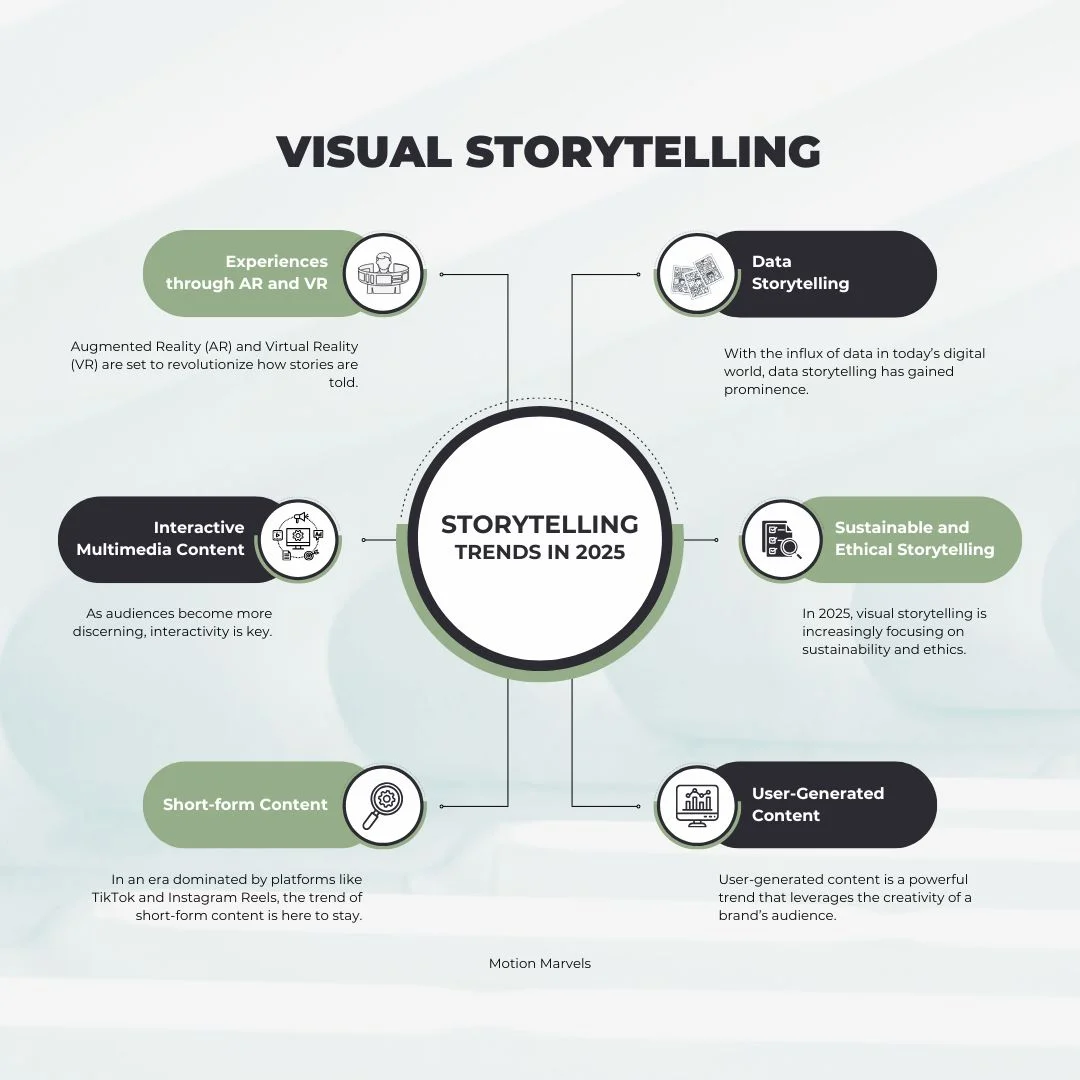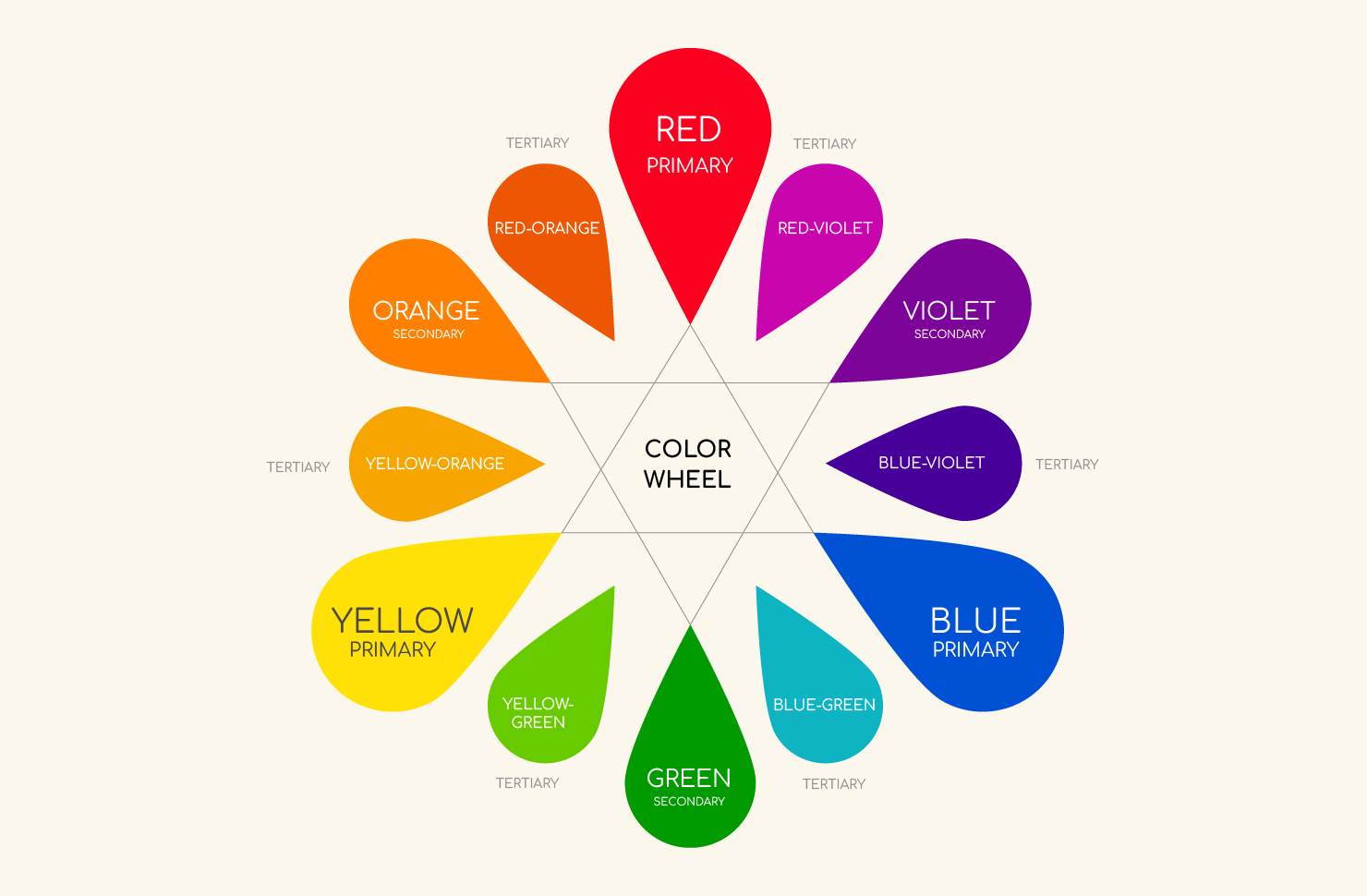The Evolution of Brand Storytelling: Strategies That Resonate in 2025
In 2025, brand storytelling has transformed from a marketing tactic into a strategic imperative. Brands are now crafting narratives that are immersive, personalized, and purpose-driven to forge deeper connections with their audiences. Let’s explore the strategies leading brands are employing to resonate in today’s dynamic landscape.
1. Immersive and Interactive Experiences

Brands are leveraging technologies like augmented reality (AR) and virtual reality (VR) to create interactive narratives. These immersive experiences allow consumers to engage with brand stories in a more personal and memorable way. For instance, IKEA’s virtual reality showroom enables customers to explore and customize room layouts in a 3D environment, enhancing the shopping experience.
🎯 Why It Stands Out:
-
Transforms passive audiences into active participants.
-
Enhances emotional engagement through experiential storytelling.
2. Personalization Powered by AI

Artificial intelligence enables brands to tailor stories to individual preferences, creating a more relevant and engaging experience. By analyzing consumer data, brands can deliver personalized narratives that resonate on a deeper level. This approach not only boosts engagement but also fosters brand loyalty.
🎯 Why It Stands Out:
-
Delivers content that aligns with individual consumer interests.
-
Enhances the effectiveness of marketing campaigns through targeted storytelling.
3. Emphasis on Values and Community

Modern consumers seek brands that align with their personal values. Storytelling that emphasizes a brand’s commitment to social, environmental, or ethical causes can build a strong sense of community and trust. For example, brands that share stories about their sustainability efforts or community involvement can foster deeper connections with their audience.
🎯 Why It Stands Out:
-
Builds authentic relationships based on shared values.
-
Encourages community engagement and brand advocacy.
4. Multi-Platform, Multimedia Narratives

Brands are expanding their storytelling across multiple platforms and media formats to reach diverse audiences. By utilizing a mix of text, images, videos, and interactive content, brands can create cohesive narratives that engage consumers wherever they are. This approach ensures a consistent brand message while catering to different content consumption preferences.
-
Maximizes reach and engagement across various channels.
-
Provides a richer, more dynamic storytelling experience.
5. Transparency and Authenticity

Authenticity is paramount in today’s brand storytelling. Consumers value transparency and are drawn to brands that openly share their journeys, challenges, and successes. By showcasing real stories from employees or customers, brands can build trust and credibility.
🎯 Why It Stands Out:
-
Fosters trust through honest and relatable narratives.
-
Differentiates brands in a crowded marketplace.
Final Thoughts: Crafting Stories That Connect
In 2025, effective brand storytelling is about more than just conveying information—it’s about creating meaningful connections. By embracing immersive technologies, personalizing content, emphasizing shared values, diversifying media channels, and maintaining authenticity, brands can craft narratives that resonate deeply with their audiences. As consumer expectations continue to evolve, brands that prioritize genuine, engaging storytelling will not only capture attention but also build lasting relationships.
editor's pick
news via inbox
Nulla turp dis cursus. Integer liberos euismod pretium faucibua










